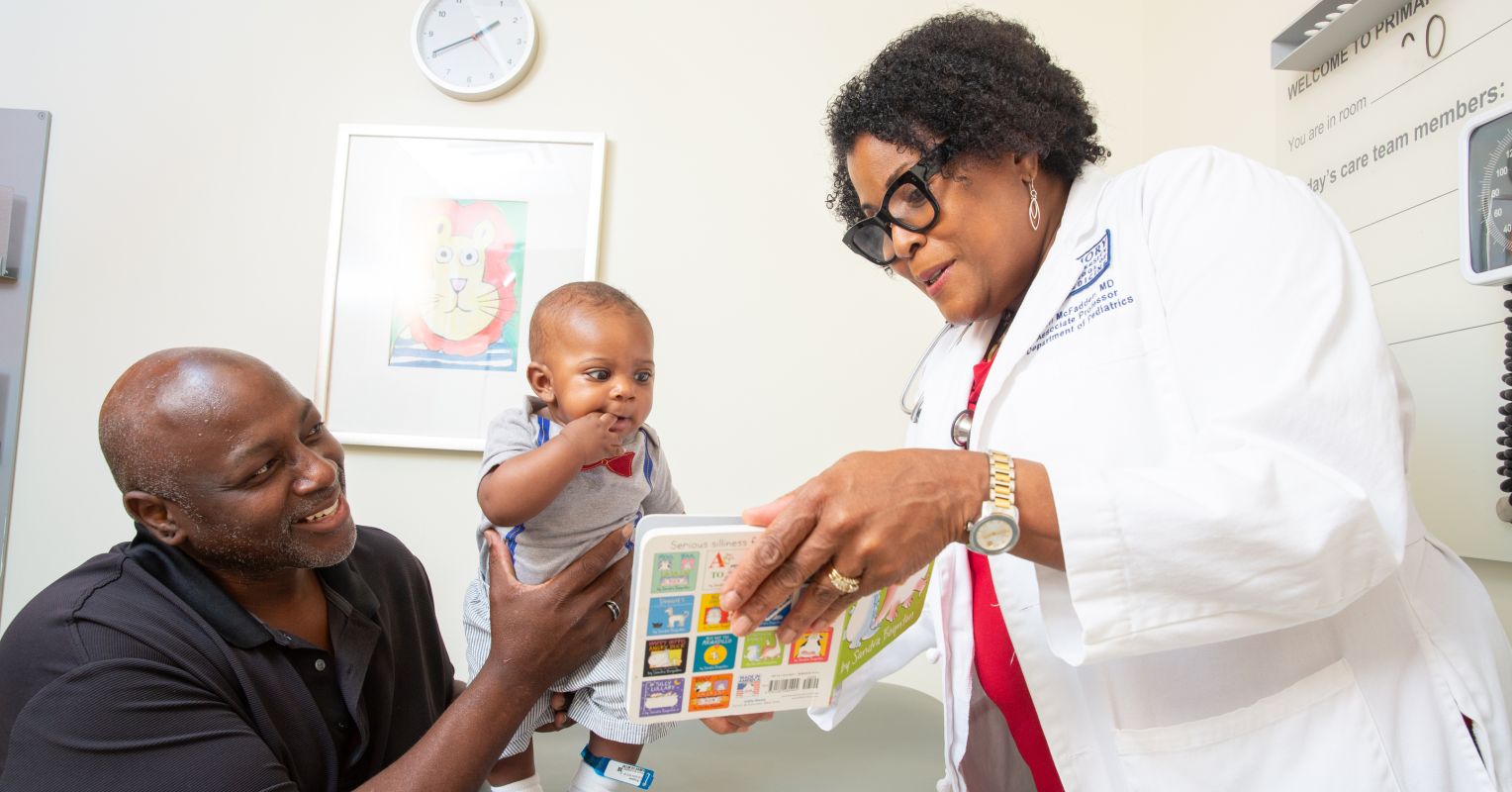Brooklyn
fromBrooklyn Paper
4 weeks agoBrooklyn Public Library, Reading Institute launch borough-wide 'Science of Reading' initiative * Brooklyn Paper
The Reading Institute and Brooklyn Public Library will implement science-of-reading literacy practices across all 62 branches, funded by over $300,000 from the Heckscher Foundation.
